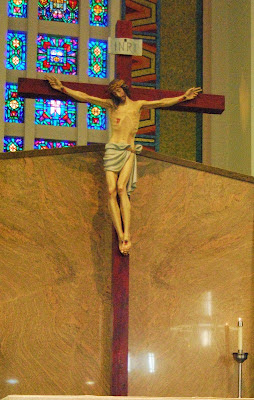“…for here there is no place that does not see you. You must change your life.” (from "Archaic Torso of Apollo" by Rainer Maria Rilke)
For a while now, I’ve wanted to explore some other views in addition to The Teacher’s View. I’ve taken a lot of freedom on these pages to cover a wide swath of subjects. Truth is, I have always been more student of life than teacher. Maybe, back in 2007, I should have called this blog The Student’s View. We are always learning.
What’s done is done, and I enjoy
the freedom I’ve had on these pages to explore wherever my mind has
wandered. I expect to keep going with The Teacher’s View well into the future.
However, one area I want to
explore with some depth and insight is Los Angeles ,
my hometown and the place I’ve lived all my life. To that end, I’ve launched a second blog
called On The Street Where I Live: Searching For The Soul of Los Angeles.
On this blog, I’ll focus on the
history and rich cultural life of this truly American city. People knock L.A.
all the time, even people who call it home.
“It has no culture,” they whine.
“It’s all superficial. Too
glitzy. Too narcissistic. Too Hollywood.”
Ahh, but it does have a soul,
and I’m going to uncover it. If you
don’t live in L.A. , you still might
want to check in. This is a world city
in the same way New York , London ,
and Paris are world cities. All kinds of people live here, a true
mishmash of cultures. That’s what makes
it all so interesting.
So consider yourselves invited.
In addition, I played a small
part, mostly technical, in launching another blog: Andiamo! This is a lifestyle and culture blog written
and photographed by my wife, Silvie Martin.
Hers is a more visual and artistic sensibility. She also tends to be less long winded than
me. She is sunny and optimistic, which
will make for a nice break from my often darker tones.
So please check in on all our
blogs: The Teacher’s View, On The Street Where I Live, and Andiamo!
Feel free to comment, agree, disagree, whatever you wish, but know your
contributions to the ongoing discussion are always welcomed and appreciated.
.JPG)





.JPG)




.jpg)